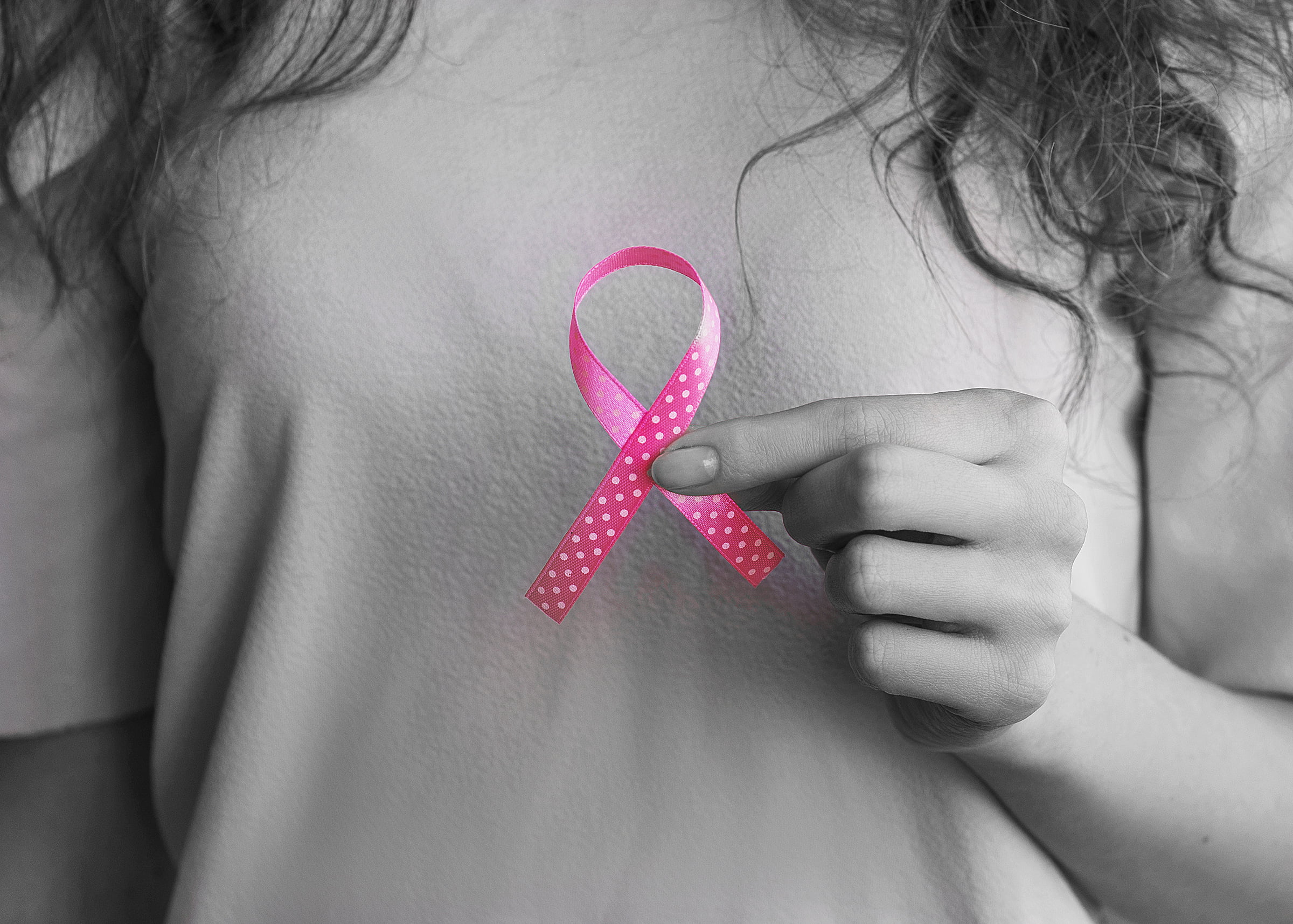- Home
- About Us
- Aesthetic Surgery
- Plastic Surgery
- Breast Reconstruction
- Toe to Hand Transplantation
- Skin Cancer Removal
- Head and Neck Surgery
- Upper Extremity Surgery
- Lower Extremity Surgery
- Facial Fractures
- Cleft Lip and Palate Repair
- Double Jaw Surgery
- Ear Reconstruction
- Scar Revisions
- Genital Reconstruction Surgery
- Carpal Tunnel Syndrome
- Congenital Hand and Foot Anomalies
- Lipoedema Treatment
- Non-Surgical Aesthetics
- Aesthetic Technologies
- Contact Us

Prof. Dr. Şükrü Yazar
T +90 (541) 334 3484
Email: info@sukruyazar.com
Sukru Yazar Clinic
Harbiye Mah. Valikonagi Cad. Marmara Ap. No: 16 / 1 34367 Nisantasi - Sisli / Istanbul
Aesthetics is a branch of philosophy that deals values referred to as aesthetic, subjective, and sensory-emotional or sometimes judgments of emotion and taste, and is concerned with the nature of beauty and pleasure.
Latest Posts
- 22/12/2024in Aesthetic Insights, Aesthetics News, On Aesthetics
Personalized Aesthetics
Your Story, Your Beauty Every individual has unique anatomical features, skin characteristics, and aesthetic expectations. Therefore, personalized approaches should be adopted in aesthetic procedures instead of standardized solutions. A successful aesthetic procedure begins with a detailed evaluation of the patient’s physical features, lifest... - 19/11/2024in Aesthetics News, Facial Aesthetics
Points to Consider when Deciding on Facelift Surgery
The most obvious signs of the aging process appear on our face. The decrease in skin elasticity, the effects of gravity and the expression lines that form over time change our facial appearance. However, the decision to have facelift surgery is an important step that should be carefully considered. In this article, we will guide... - 19/11/2024in Aesthetics News, Mammoplasty (Boob Job)
Breast Augmentation Surgery and Safety: What You Should Know
Breast augmentation surgery, one of the most preferred operations in the field of plastic surgery in recent years, is considered as an important way to increase self-confidence and aesthetic appearance for many women. However, as with any surgical procedure, it is of great importance to be well informed about the safety of this surgery. Thanks... - 21/10/2024in Aesthetic Insights, Mammoplasty (Boob Job), Plastic Surgery
How long do breast implants last?
Breast augmentation surgery is one of the most common plastic surgery procedures performed today. How long do breast implants last is one of the most interesting topics for patients who are considering or have already undergone such surgeries. Firstly, it is important to note that breast implants do not have a definitive “expiration date̶... - 28/09/2024in Non-Surgical Aesthetics
Beauty without Surgical Intervention: Lip Filling
In recent years, non-surgical aesthetic procedures like with lip fillers have become quite very popular. We observe the positive effects of successful lip filling treatment performed by an experienced plastic surgeon on the person’s self-confidence and facial harmony. What is Lip Filling Treatment? Lip filling is a procedure in which a specia... - 28/09/2024in Mammoplasty (Boob Job)
Breast Augmentation Surgery: Expectations, Facts and What You Need to Know
In the world of plastic surgery, breast augmentation has become increasingly popular in recent years. For many women, it is seen as a way to improve their confidence and body image. However, as with any aesthetic procedure, it is very important to evaluate all aspects before making this decision. Here are the key points you... - 09/09/2024in Aesthetic Insights, Facial Aesthetics
The Art of Balance in Cosmetic Filler Applications: Ways to Avoid “Pillow Face”
Filling applications, which have become increasingly popular in aesthetic medicine in recent years, are considered by many people to be the key to regaining youth and vitality. However, as with any beauty trend, overdoing it by applying excess of filler materials can have an adverse effect. At this point, the concept of “pillow face” reminds... - 17/08/2024in Facial Aesthetics, Neck Aesthetic Surgery
Facelift and Neck Lift: The Secret to Holistic and Comprehensive Rejuvenation
When you look in the mirror, the wrinkles on your face and neck may appear as a natural part of the aging process. While these lines reflect the story of your life, they can also make you look older than you are. The facelift and neck lift procedures offered in modern plastic surgery provide an... - 05/08/2024in Aesthetic Insights
Plastic Surgery and Holidays: The Secret of Plastic Surgery’s Success in Turkey
In recent years, Turkey has become an “oasis of beauty and youth.” In 2023, approximately 1.5 million people around the world traveled for cosmetic surgery, and almost a third of them preferred Turkey. So what are the reasons for this enormous interest? In 2022 alone, the number of health tourists coming to Turkey increased by... - 05/08/2024in Aesthetic Insights
Beauty in Harmony with the Sun: Advantages of Plastic Surgery in Summer
In recent years, plastic surgery has become not just a luxury but an important part of personal care and self-confidence. Offering a wide range of services from minimal interventions to comprehensive surgeries, this field now attracts the attention of not only celebrities but also people from all walks of life. With the rapid advancement of...













